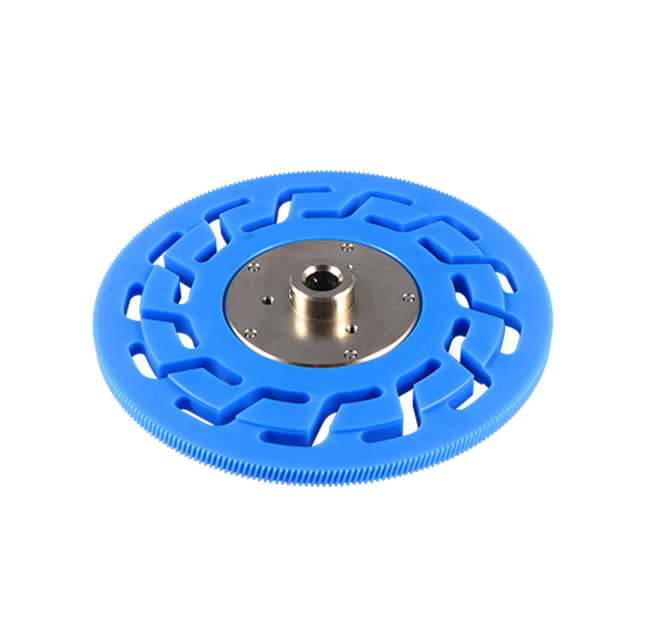Time:2025-06-04 Views:0 source:CNC Machining customization source:CNC Machining news

Additive manufacturing, also known as 3D printing, has brought revolutionary changes to the field of sheet metal processing. Traditionally, sheet metal fabrication relied on subtractive methods like cutting, bending, and stamping. However, additive manufacturing technologies offer new possibilities in terms of design flexibility, production efficiency, and customization.
One of the key advantages of additive manufacturing in sheet metal processing is the ability to create complex geometries that are difficult or impossible to achieve with conventional methods. Using techniques such as selective laser melting (SLM) or electron beam melting (EBM), intricate lattice structures, internal channels, and organic - shaped components can be fabricated directly from digital models. This enables the production of lightweight yet strong sheet metal parts, which are highly desirable in industries like aerospace and automotive, where reducing weight can significantly improve fuel efficiency and performance.
Additive manufacturing also streamlines the prototyping process in sheet metal fabrication. Instead of investing time and resources in creating expensive tooling for traditional manufacturing methods, designers can quickly produce functional prototypes using 3D printing. This allows for rapid design iterations, reducing the time from concept to production. For small - batch production, additive manufacturing eliminates the need for large - scale tooling, making it a cost - effective option compared to traditional sheet metal forming processes, which are more suitable for high - volume production.
Another aspect is the integration of multiple functions into a single part. With additive manufacturing, features such as mounting points, cooling channels, and structural reinforcements can be incorporated during the printing process, reducing the need for additional assembly steps. This not only simplifies the manufacturing process but also enhances the overall performance and reliability of the final product.
However, additive manufacturing in sheet metal processing also faces challenges. Material selection is more limited compared to traditional methods, and the mechanical properties of 3D - printed sheet metal parts may differ from those produced by conventional techniques. Post - processing steps, such as heat treatment and surface finishing, are often required to meet the desired quality standards. Additionally, the relatively slow production speed of additive manufacturing may be a bottleneck for high - volume production. Nevertheless, ongoing research and development efforts aim to overcome these limitations, further expanding the application scope of additive manufacturing in sheet metal processing.
Read recommendations:
Sealing ring Precision electronic parts
Housing components for recessed downlights Precision electronic parts
Oval Magnetic Hardware Precision electronic parts
CNC Machining Dimension Accuracy
CNC processing factory - Meeting customers' strict requirements for precision